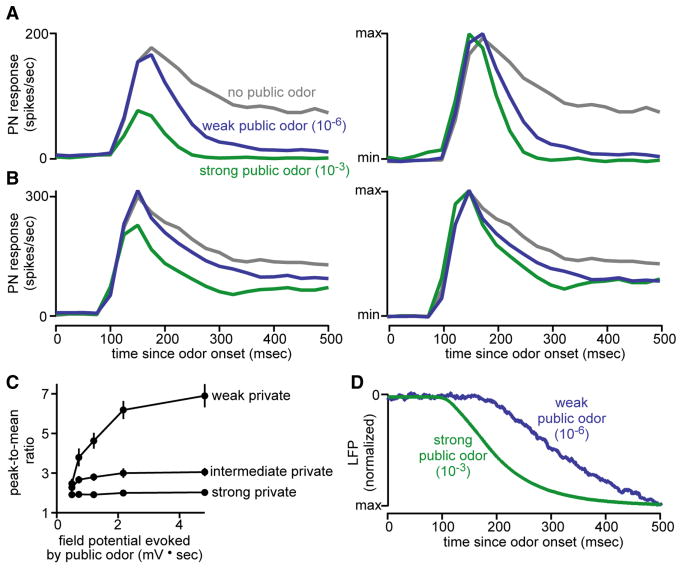Figure 8. Increasing total activity makes PN responses more transient.
A. Mixing in a public odor modulates the dynamics of PN responses to weak private input (2-butanone 10-6). The highest concentration of the public odor has the largest effect. PSTHs are averages of 10-11 recordings, reproduced from Figure 2B.
B. The same public odor has smaller effects on PN dynamics when the private odor is strong (10-5).
C. Overall, increasing total ORN activity makes PN responses more transient. Transience is quantified as the ratio of peak firing rate to the mean firing rate. Each curve represents a different concentration of 2-butanone (10-6, 10-5, 10-4), and each point within a curve is a different concentration of pentyl acetate (0, 10-6, 10-5, 10-4, 10-3). The dynamics of responses to the lowest concentration of 2-butanone (10-7) were not analyzed because these responses are close to zero.
D. A strong public odor elicits a faster field potential response than a weak odor (averages of 19 and 9 LFP recordings, respectively, normalized to the same amplitude).

